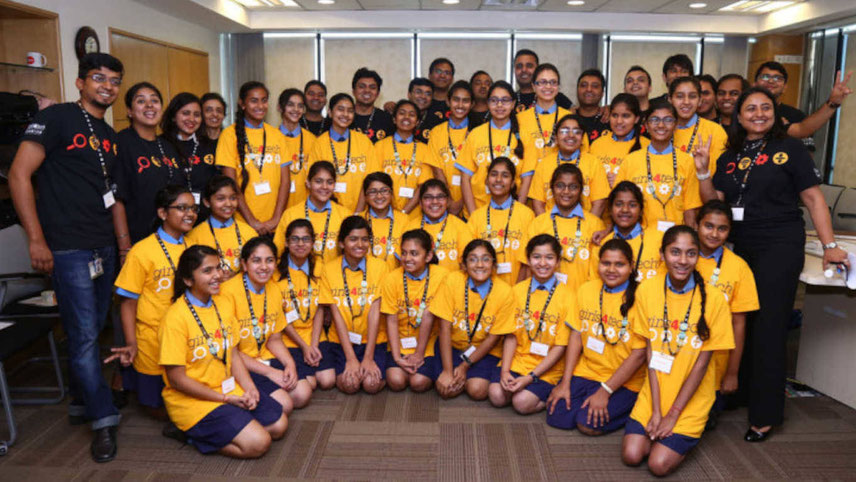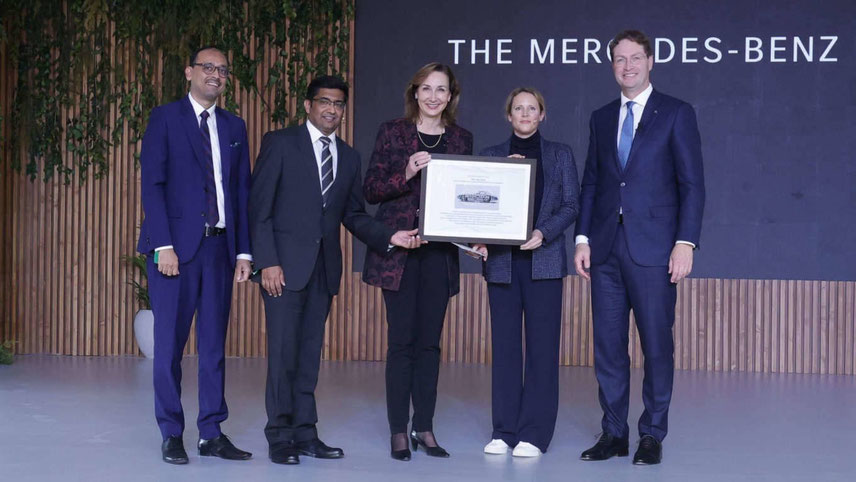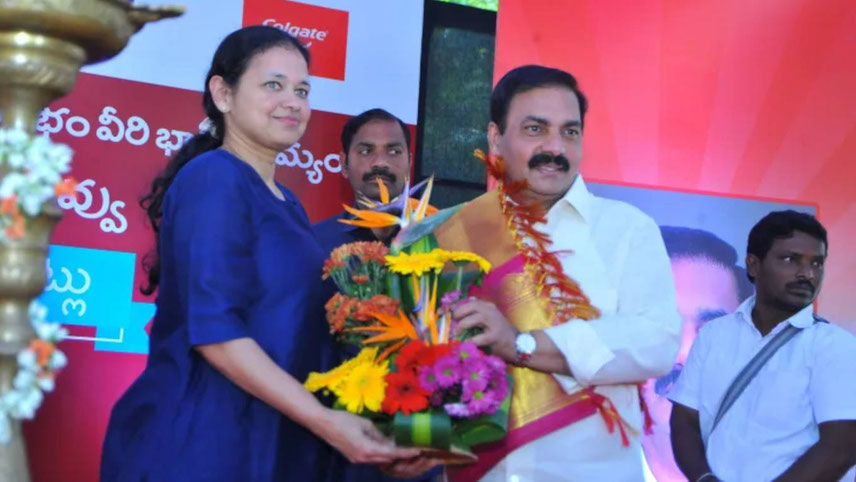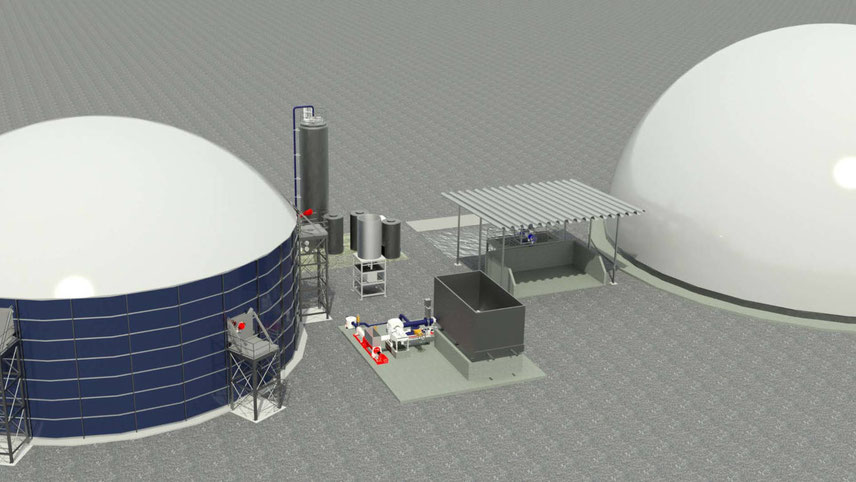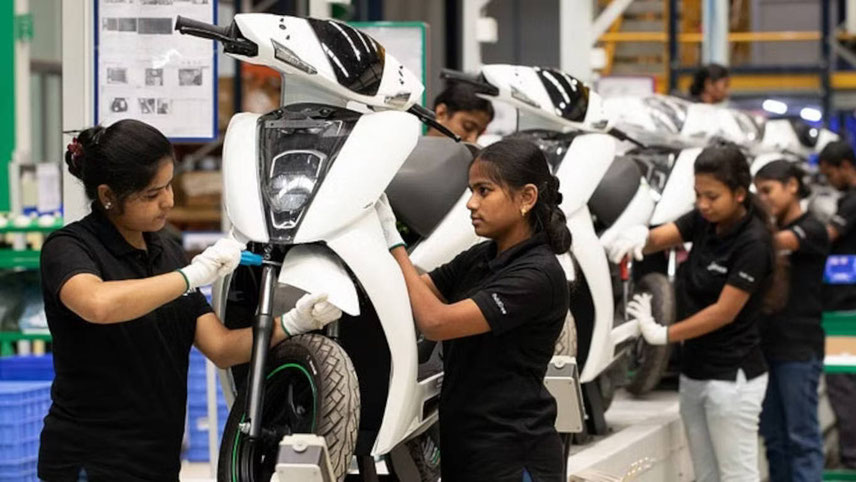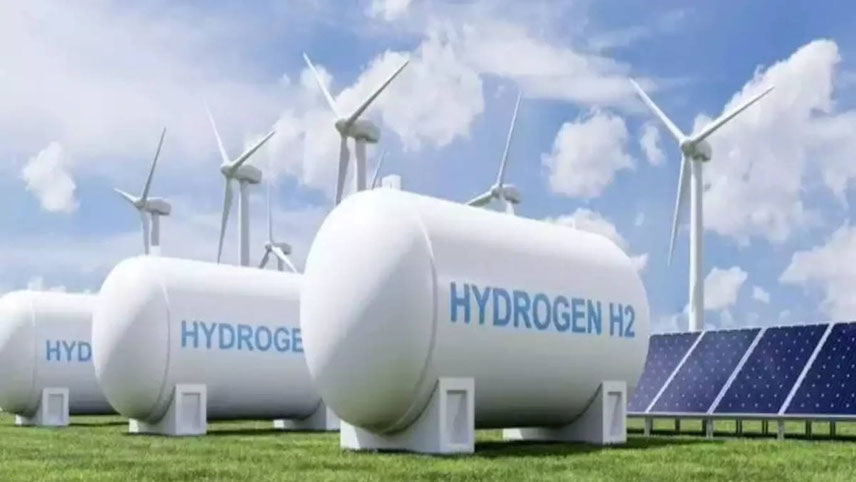
As fresh rounds of climate negotiations, posturing, and, hopefully, tough calls are made at the 26th gathering of the Conference of Parties (COP) at Glasgow this week, I hope various stakeholders across India see their role in this very large jigsaw of solutions and structural changes that need to be assembled It’s abundantly clear that business-as-usual with minor tweaks will not suffice. The costs of not investing in the environment and not pushing for directional changes immediately will be much higher than the investments themselves; indeed by some calculations India could see as much as a 90 per cent drop in the GDP if the temperatures continue to rise all the way by 3 degrees, by 2100. Looking at the crisis through the lens of the temperature and net-zero emissions, objectives as end goals risks boxing the problem into a narrow one. Consequently, this would limit the ambit of solutions to a set of technical band-aids and top down policy imperatives that businesses and society do not really engage with. Breaking down the climate crisis into disconnected components also runs the risk of measures that focus on narrow metrics while merely moving the problem elsewhere. For instance, the very question of drawing boundaries around geographical units when considering net-zero emissions in a world of globalised production, long supply chains and waste disposal is filled with conundrums. We must examine the systemic, root causes that have led us to this tipping point. We must also acknowledge the complexity of the problem space as well as the intersections and interconnectedness of the issues in various sectors. For instance, apart from the downstream focus on energy source problem, it is critical to focus on a deeper understanding of the opportunities for efficiency, both tactical short-term ones, such as adoption of renewables, more efficient machinery and appliances, and long-term ones that relook the overall design of our food production systems and associated logistics such as reducing miles as well as the materials footprint of a wide variety of products and produce. Often, it is tempting to reduce the problem to simple, linear ones that ignore the interaction between various stakeholders and adjacent systems; this has led to the solutions being developed in silos and being ineffective or, worse, counterproductive. Much hinges on our ability therefore to understand ecosystems that need bolstering, and the ability to form coalitions to bring in multiple partners and solutions to solve specific parts of the problem. Regenerative agriculture is one area where this is much needed. The transformation of food systems needs a strong ecosystem i.e. post production and value-addition, market linkages, local logistics, energy and other ancillary skills to all emerge in a given geography. This is not something one organisation or one institution can achieve by itself.




























